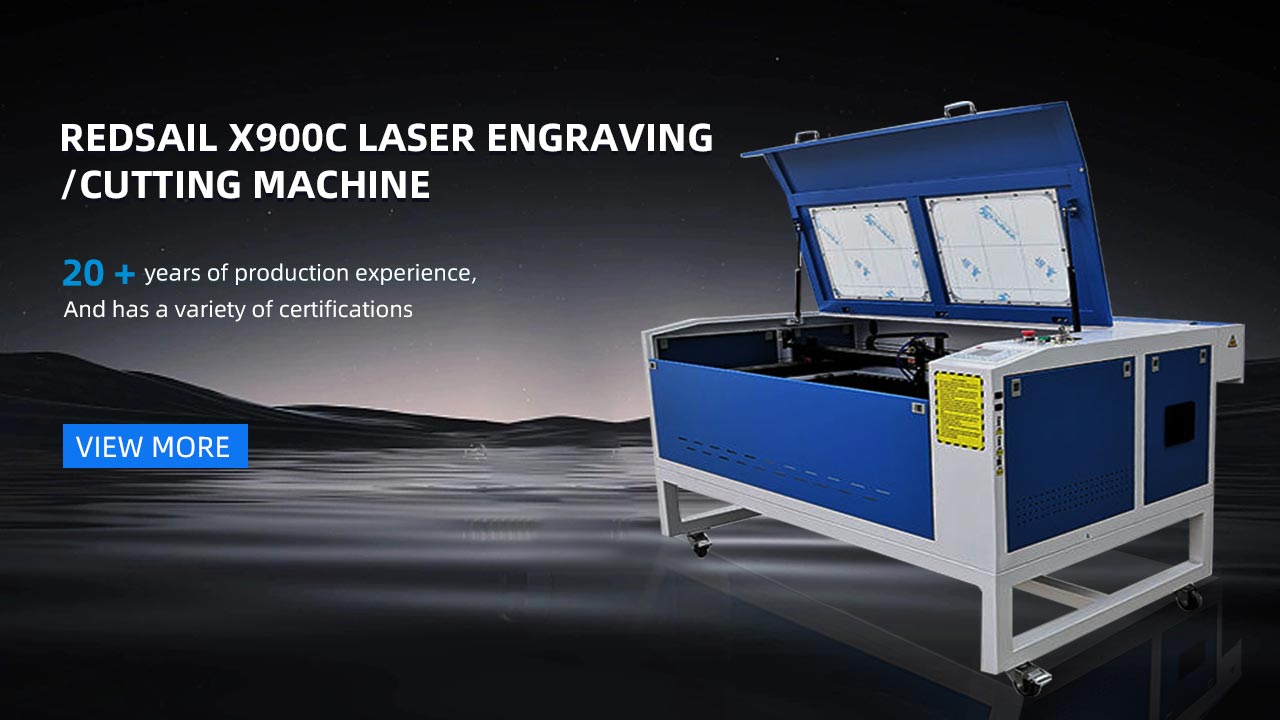Which Laser Cutting Machine Reigns Supreme? A Comparative Analysis
Introduction
Laser cutting machines have revolutionized the manufacturing industry, offering precision and efficiency in cutting various materials. With numerous options available in the market, it can be overwhelming to choose the best laser cutting machine for your specific needs.
In this article, we will conduct a comparative analysis of the top laser cutting machines, highlighting their key features, advantages, and drawbacks. By the end, you will have a clearer understanding of which machine reigns supreme in the realm of laser cutting technology.
Comparative Analysis
1. Machine A
– Key Features: This machine boasts a powerful laser, capable of cutting through thick materials with ease. It offers a large cutting bed, enabling the processing of larger-sized materials efficiently. Additionally, it has advanced software integration, allowing for complex designs and precise cutting.
– Advantages: Machine A is renowned for its fast cutting speed and high accuracy. It is suitable for both small-scale production and large-scale manufacturing. The advanced software integration facilitates seamless workflow and design optimization.
– Drawbacks: One potential drawback of Machine A is its high initial cost. Additionally, due to its powerful laser, it requires regular maintenance and may have higher energy consumption compared to other models.
2. Machine B
– Key Features: Machine B incorporates advanced laser technology, providing exceptional cutting quality. It offers a compact design, making it suitable for limited workspace environments. It also includes user-friendly controls and easy maintenance features.
– Advantages: Machine B is highly efficient, delivering precise cuts even with intricate designs. It is equipped with safety features, ensuring a secure operating environment. The relatively lower initial cost makes it accessible to small businesses and hobbyists.
– Drawbacks: One limitation of Machine B is its smaller cutting bed, restricting the size of materials that can be processed. Additionally, its cutting speed may be slower compared to larger industrial machines.
3. Machine C
– Key Features: Machine C combines high cutting power with advanced automation features. It incorporates intelligent software that enables efficient material utilization. The machine offers a versatile range of applications, suitable for various industries.
– Advantages: Machine C is ideal for industrial applications, with its ability to cut through thick materials quickly. The intelligent software optimizes material usage, minimizing waste and reducing production costs. Its user-friendly interface allows for easy operation.
– Drawbacks: One potential drawback of Machine C is its higher noise levels during operation. This may require additional measures to ensure a comfortable working environment. The initial investment may be significant, especially for small businesses.
FAQs (Frequently Asked Questions)
Here are some common questions regarding laser cutting machines:
1. How do laser cutting machines work?
Laser cutting machines use a high-powered laser beam to melt, burn, or vaporize a designated area of a material. The focused laser beam follows a predetermined path, resulting in precise and clean cuts.
2. What materials can laser cutting machines process?
Laser cutting machines can process a wide range of materials, including but not limited to metals (such as steel, aluminum, and brass), plastics, wood, fabric, acrylic, and more.
3. How do I choose the right laser cutting machine for my needs?
Choosing the right laser cutting machine depends on various factors, including your intended applications, budget, workspace limitations, required cutting speed, material thickness, and desired level of automation. Consider consulting with industry experts or conducting thorough research to make an informed decision.
4. Can laser cutting machines replace traditional cutting methods?
Laser cutting machines have significantly enhanced cutting precision and efficiency, making them a popular choice. However, certain applications may still require traditional cutting methods depending on the material and desired outcome.
5. Are laser cutting machines safe to operate?
When operated following recommended safety guidelines, laser cutting machines are generally safe. However, precautions should be taken to protect operators from the laser beam, fumes, and potential fire hazards. Proper training and protective gear are essential.
Conclusion
After comparing the key features, advantages, and drawbacks of different laser cutting machines, it is clear that each machine has its own strengths depending on your specific requirements and budget. Machine A offers high precision and efficiency for large-scale production, while Machine B provides accessibility and compactness for small businesses and hobbyists. Machine C excels in industrial applications, combining power with material optimization capabilities.
Remember to thoroughly assess your needs and consider factors such as cutting speed, material compatibility, workspace constraints, and long-term costs to make an informed decision. By analyzing these aspects and consulting industry experts, you can determine which laser cutting machine reigns supreme for your unique needs.





